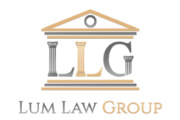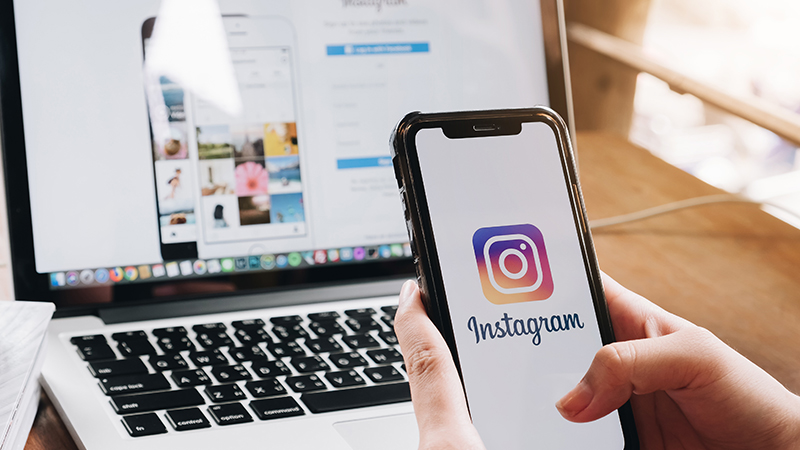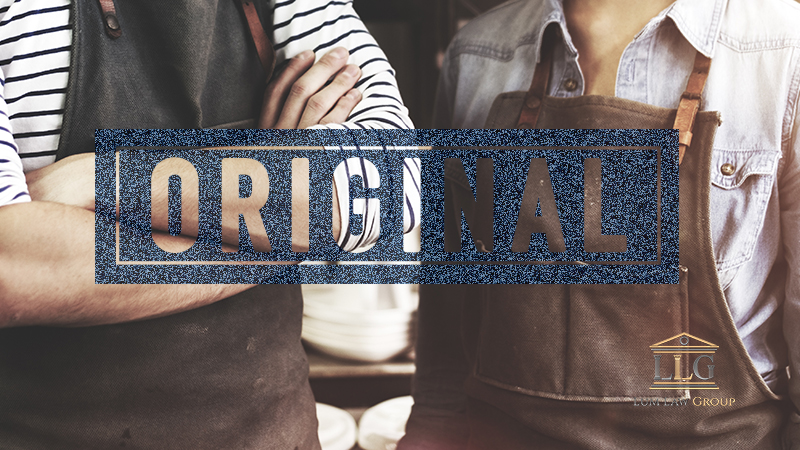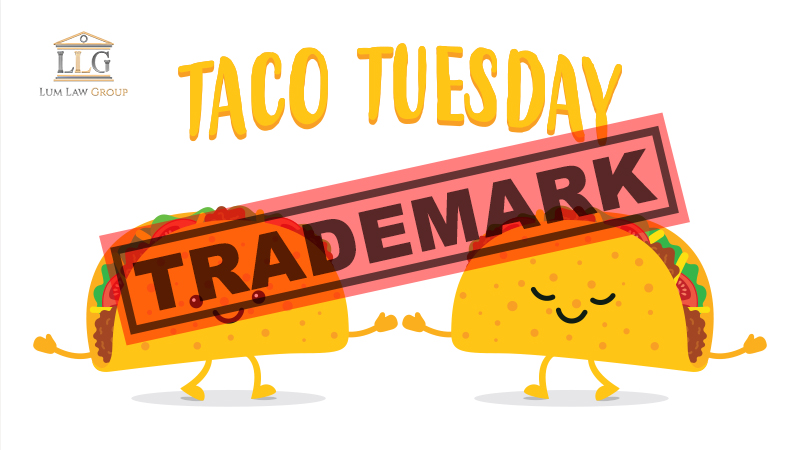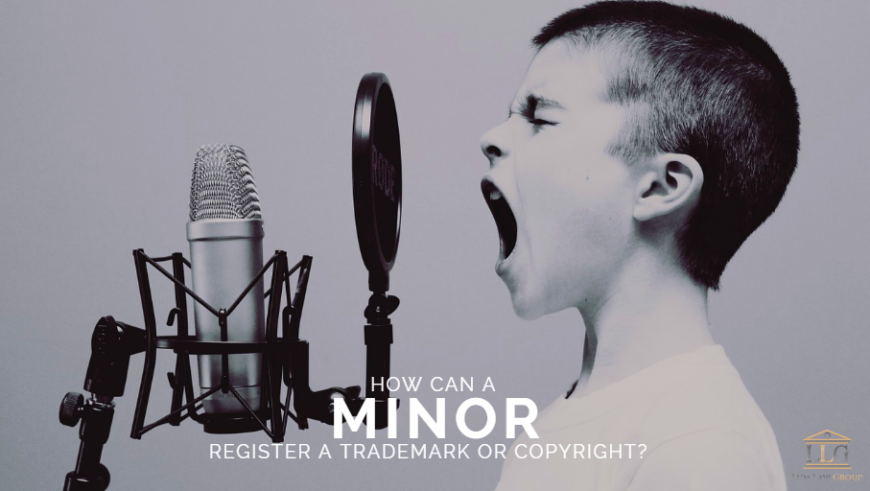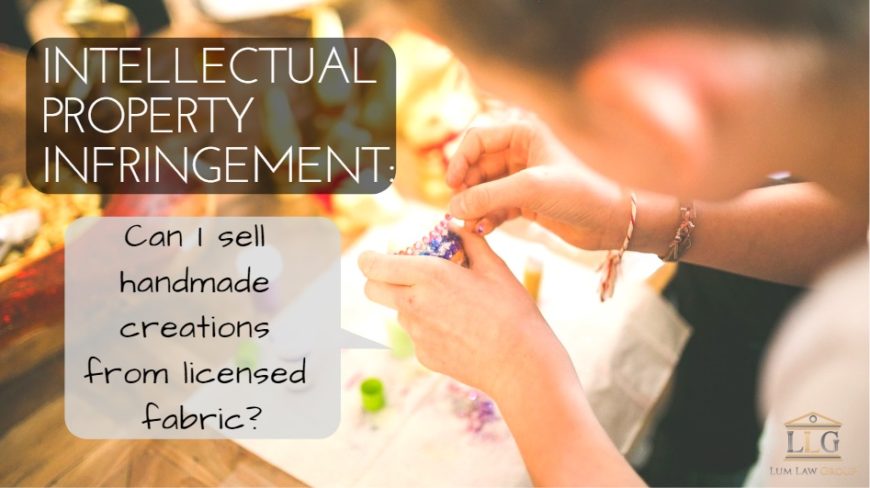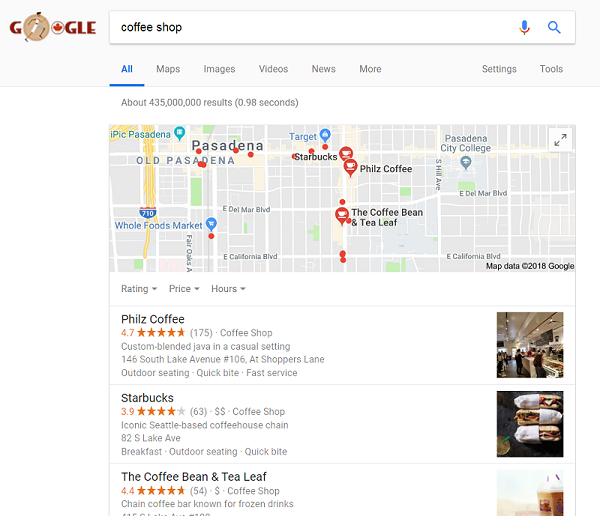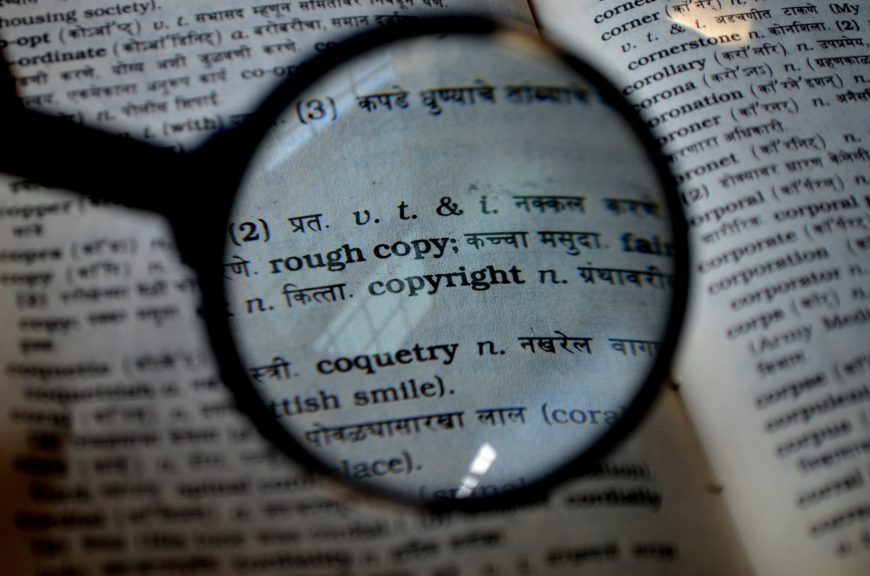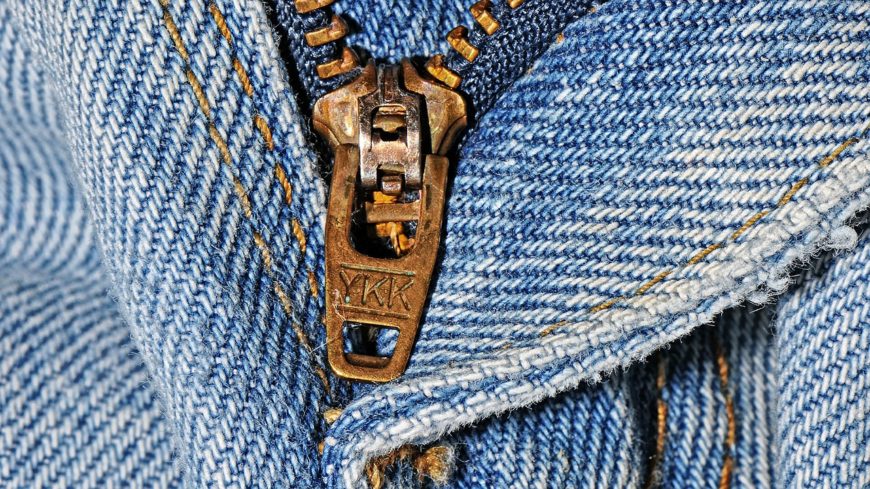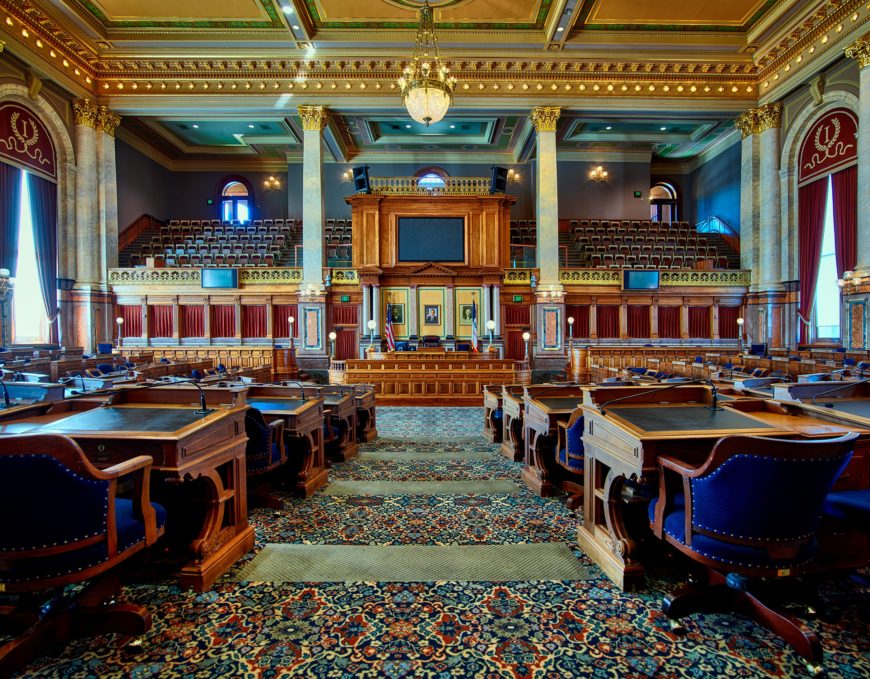We recently received a copyright infringement inquiry from a local Etsy.com seller. Etsy removed a portion of her products from her shop, and Facebook.com blocked her account. Etsy and Facebook informed her that she had infringed upon a popular sport’s team’s intellectual property (IP). Needless to say, she had a few questions:
1. Does the Etsy seller agreement not protect her?
Etsy.com has published it’s own “intellectual property policy” for sellers which states that they “comply with intellectual property laws and industry best practices“.
If you’re not sure what a copyright or trademark is, please read our blog posts about the two topics, as well as the importance of protecting your intellectual property.
In summary, the most common infringement causes for creators include any “fan art” based on copyrighted character (e.g., Harry Potter) or trademarked logos (e.g., Nike’s check mark). Your creation does not have to look exactly the same as it can be your interpretation of it, but it can still be considered intellectual property infringement, especially if you are profiting from it.
2. Is she going to be sued by the corporation that owns the trademark/copyright?
Intellectual Property owners and their legal representatives will warn you with a letter, usually called a “cease and desist” letter. They will also send it to Facebook or Etsy to have your listings removed. Facebook and Etsy then remove all your listings described as infringing on the IP owner’s copyright or trademark.
Do you sell on your own website and domain? Then, the letter is sent to the business or business agent’s address on record for the business.
You may be sued for copyright or trademark infringement if you fail to comply with the cease and desist letter, or you are caught continuing to infringe on their IP despite the warning.
If you have received a warning letter from the owner or agent of an alleged owner of a copyright or trademark, you may want to consult with an attorney on your options.
3. Is buying licensed fabric, sewing clothing out of it, and selling it on Etsy illegal?
“Licensed fabric” refers to wholesale fabric with trademark logos (e.g., NBA) or copyrighted characters (e.g. Disney character).
When she asked this question, there was mention of the First Sale Doctrine, which protects the rights of the person buying a copyrighted item. This doctrine applies to the first sale, not subsequent sales, and it does not protect “reproduction”.
However, the issue with licensed fabric is that it is usually sold with a set of rules. If you carefully read the fine print on the licensed product you buy, you should see a disclaimer like one of the below:
“FOR INDIVIDUAL USE ONLY.”
“NOT FOR COMMERCIAL USE.”
We did a quick search on Google and other popular wholesale retail websites, and found these disclaimers were on the product listings.
What do these disclaimers mean? It means you cannot buy the licensed fabric, create your own products, and then sell them for profit (“commercial use”). If it says “individual use only”, then you cannot even give them away for free.
4. What can she do about her situation?
In the case of our inquirer, she has to rethink her Etsy business model of selling creations featuring the intellectual property of others. However, she does have options:
a. She can request permission from an IP owner to use a logo or character for her creations.
b. She can hire an attorney to contact the IP owner alleging infringement and then try to have her social media accounts unblocked.
c. She can create her own characters and copyright them.
d. She can use fair use patterns/fabrics with no copyrighted or licensed characters and logos.
Do you have additional questions about this topic? Please feel free to comment any general questions and perhaps we can expand on this topic in a separate blog post. If you have questions specific to your situation, please contact us for an answer.
